What other lighting technology is being used?
LED headlights are no longer uncommon in the automobile industry, now even the Corolla LE comes as standard.
We’re not sure if you’ve heard, but some luxury brands are moving onto other types of illumination technology such as the laser headlights developed by BMW and Audi. But Mercedes-Benz seems to stick to the conservative way, which keeps its faith in the LED route.
Despite switching to other lighting sources, Mercedes-Benz is planning to add more LEDs into one headlight unit. Currently, the CLS-class has 24 LEDs in each of its high beam module. For the next-gen headlights, Mercedes is planning to put 84 LEDs in each headlamp.
The story doesn’t end here! In the medium term, it is going to produce headlamps with 1024 LEDs.
The reason why Mercedes-Benz wants to put more LED’s in one headlamp is to optimize its MULTIBEAM LED technology. That can actively switch on/off individual LED units, to mask out lights emitted to incoming car driver’s eyes. This technology enables delivery of strong illumination to a far distance, without blinding drivers from the incoming traffic.
For more details please read the following press release.
[expand title=”Click to view press release”]
More light in every situation: Turning night into day
Stuttgart. Light pioneer Mercedes-Benz offers a preview of what the future holds: instead of the 24 LEDs of the gridded high beam module in the CLS headlamp, 84 LEDs per headlamp will soon be providing for even better light quality and even greater safety at night. In the medium term, as many as 1024 pixels per LED will enable optimum illumination of the road at every speed and in all traffic conditions – and without dazzling other road users.
These advances in light technology form part of a continuing tradition: around 500 LEDs attended to all the lighting functions on a car for the first time on the S-Class in 2013. In 2014 the MULTIBEAM LED headlamps on the new CLS-Class raised the benchmark once again with their precision LED light grid modules. The statistics show just how important such precision lights are: at night-time, the risk of accidents increases drastically. Five times as many pedestrians are killed on country roads as during the daytime. Although night-time driving on country roads accounts for only 20 percent of total mileage, 40 percent of all fatal accidents occur here during the night (source: BASt, German Federal Office for Roads and Traffic). Over 120 years of headlamp technology at Mercedes-Benz stand for ongoing progress in the interests of enhanced road safety and the introduction of innovations to benefit the company’s customers and other road users.
“Enabling ideal visibility in all driving situations without dazzling other road users has always been our credo in developing new light systems,” observes Uwe Kostanzer, head of light systems development at Mercedes-Benz. “We are pursuing the further development of LED technology to this end.”
The added safety provided by the MULTIBEAM LED technology becomes apparent above all in real traffic situations: in contrast to static high beam systems, some of which have long ranges, MULTIBEAM LED also supports the driver when there are other vehicles in the field illuminated by the headlamps. By means of totally independent control of the individual LEDs of the gridded light source, the MULTIBEAM LED headlamp is able to mask other road users out of its light distribution in a fraction of a second, thereby enabling high beam to remain on. This assures the driver of the best possible light performance at all times, without dazzling other road users.
In the near future, Mercedes-Benz will be incorporating an additional HIGH RANGE LED high beam into its LED headlamps. This additional high beam employs state-of-the-art high-performance LEDs to provide high beam ranges of over 600 m in driving situations without any oncoming traffic or vehicles ahead. In contrast to the current “laser headlamps”, LED technology achieves this performance at markedly lower costs and with a manageable degree of complexity. At the same time, it also enables Mercedes-Benz to exploit the legally permissible level of illumination in Europe virtually to the full. This applies irrespective of the light source employed in the headlamp for all manufacturers.
LED technology today, tomorrow and in the more distant future
When it comes to the number of pixels, the same is true of LED headlamps as of a digital camera: the more the better. The higher the number of individually controllable pixels, the more finely the light can be controlled and adapted to different conditions. A high resolution enables an increase in both precision and brilliance. Here is an overview of LED technology today, tomorrow and in the more distance future:
In 2014 Mercedes-Benz introduced the innovative MULTIBEAM LED headlamps in the CLS-Class . These are fitted with 24 individual high-performance LEDs. Each one of these LEDs can be individually electronically controlled. “Gridding” the light in this way allows the light distribution from the right and left headlamps to be controlled entirely separately and adapted to the traffic conditions with a high level of dynamism. This enables the individual areas of the road surface to be illuminated in a very specific manner. The headlamp control technology combines the gridded light source with the proven mechanical technology of the LED Intelligent Light System, and the high-performance LEDs provide for a range of 485 m.
Mercedes-Benz will soon be presenting MULTIBEAM LED headlamps with a gridded light source containing 84 LEDs, enabling even higher resolution of the light output. This will afford other road users even better protection from dazzling, while improving illumination of the road ahead for the driver. As a result of the absolutely freely configurable light distribution, it is possible for the first time to implement all high- and low-beam functions of the Intelligent Light System in entirely digital mode and without any mechanical actuators. This will make a wealth of new, adaptive light functions possible which will render night-time driving yet safer for both the driver and other road users.
This technology is set to advance at a rapid pace: In the medium term 1024 individually controllable pixels per LED chip will enable a further improvement in night-time visibility, resulting in further enhanced safety.
The partners Infineon, Osram, Fraunhofer Gesellschaft IZM, Hella and Daimler have just achieved a breakthrough in the “µAFS” research project in the form of a new type of LED chip with an extremely fine structure. Monolithically structured pixel LED semiconductor layers are built up on a silicon substrate which, via the integration of circuit parts, allows the selective control of more than 1024 individually addressable pixels per LED chip. This LED technology developed in the project sponsored by the Federal Ministry for Education and Research (BMBF) is to be installed and tested in a Mercedes-Benz experimental vehicle in 2015.
LED and partial high beam: scientific inventions of historical proportions
A Nobel Prize-winning innovation features on board every Mercedes-Benz with LED headlamps: Next month, the physicists Shuji Nakamura (*1954), Isamu Akasaki (*1929) and Hiroshi Amano (*1960) will receive what surely is the world’s most highly reputed science award for the development of blue LEDs. This invention enables light sources to be scaled down, subsequently making it possible to use them in LED car headlamps. At present, it is thus possible to fit up to 100 LEDs with luminous surfaces in the millimetre range behind a lens.
The idea of partial high beam goes back still further: in the face of ever denser traffic in the 1950s, computer pioneer Konrad Zuse (1910-1995) came up with a proposal for combining maximum illumination of the road with minimal irritation of oncoming traffic. Zuse employed several headlamps, each of which illuminated part of the road and could be switched off by means of photocells when the latter detected other cars within their range. In 1958 he had this “Lighting system, photoelectrically controllable by counter light” registered by the German patent office under the number 1190413. This partial high beam did not go into series production until this year, however, with the world premiere of the MULTIBEAM LED headlamp in the Mercedes-Benz CLS.
Milestones in Mercedes-Benz lighting technology
Mercedes-Benz has always stood for innovations aimed at improving customer benefits. Many innovations make their way into large-volume model series after starting life in research vehicles or on board technology flagships such as the E-, CLS- and S-Class. Here is a brief chronology of the most important milestones in Mercedes-Benz lighting technology over the past 20 years:
- 1991: Premiere of xenon headlamps with gas discharge lamps in the Mercedes F 100 research vehicle
- 1995: Xenon headlamps with dynamic headlamp range control in the E-Class
- 1999: Premiere of bi-xenon technology in the CL-Class
- 2003: World premiere of the active light function in the E-Class
- 2004: World premiere of bi-xenon headlamps with active light function and cornering light function in the CLS-Class
- 2005: Premiere of Active Night View Assist in the S-Class
- 2006: World premiere of the Intelligent Light System in the E-Class
- 2009: World premiere of the Intelligent Light System with Adaptive Highbeam Assist in the E-Class
- 2009: Premiere of Active Night View Assist Plus in the S- and E-Class
- 2010: World premiere of LED High Performance headlamps incorporating all the light functions of the Intelligent Light System in the CLS-Class
- 2010: New xenon burner with 20 percent higher colour temperature, and thus even closer to daylight, in the S- and E-Class
- 2011: Start of series production of the spotlight function (world premiere)
- 2013: New E-Class fitted as standard with energy-efficient LED low-beam headlamps (34 watts/vehicle)
- 2013: New S-Class becomes first car to be fitted exclusively with LED headlamps as standard
- 2014: World premiere of MULTIBEAM LED headlamps in the new CLS-Class
[/expand]
Feel free to leave a question or share an opinion in the comment box below.
YouWheel.com is dedicated to bringing you the best, in depth news & reviews &, tech specs throughout the auto industry. Love your car? Visit our member center @ http://youwheel.com/welcome/ and sign up today!


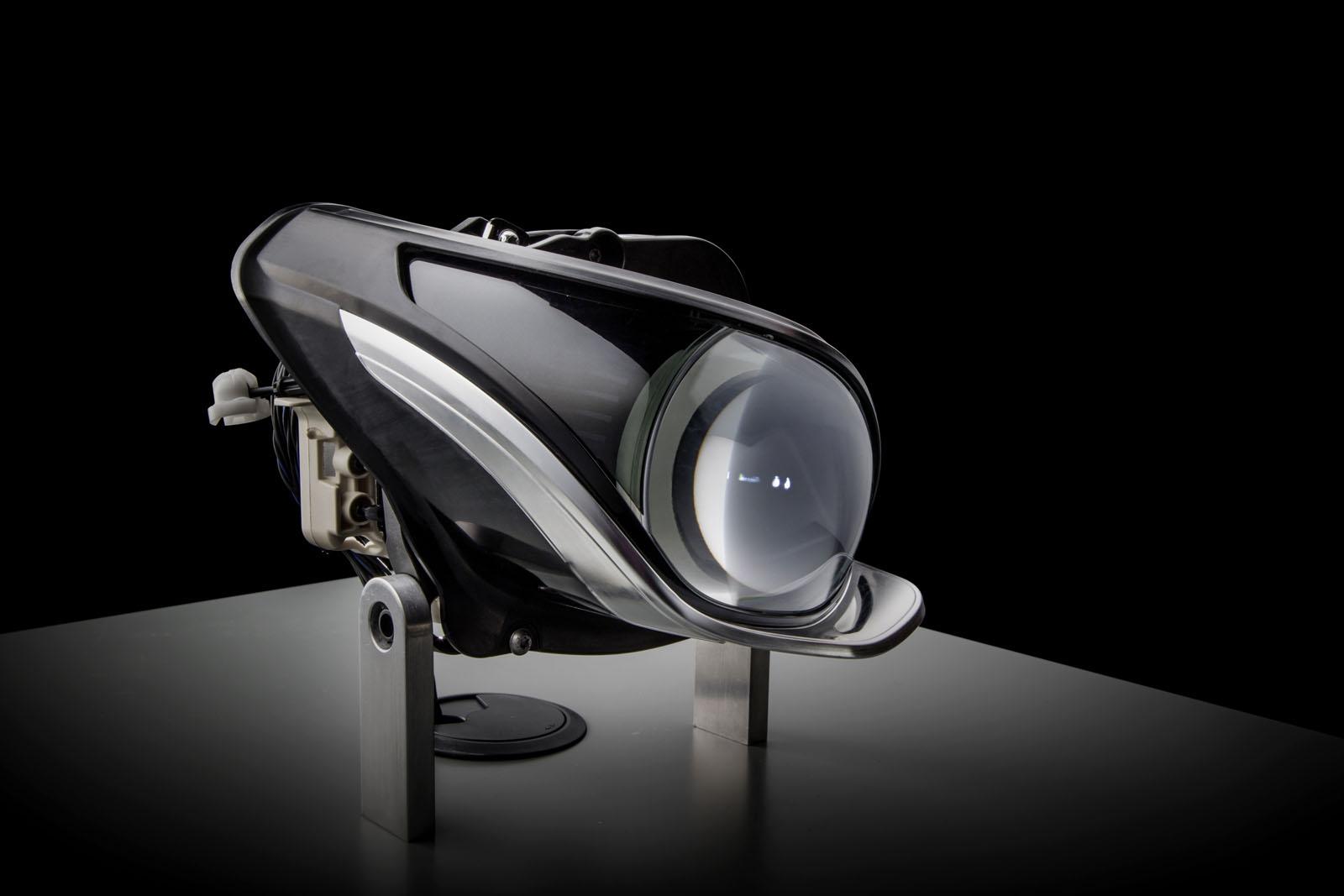
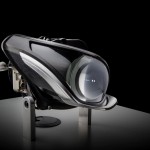
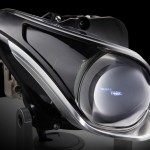
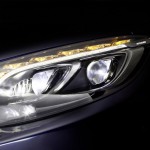
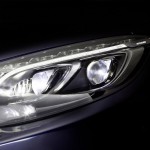
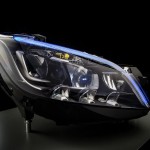
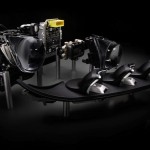
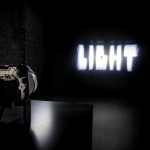
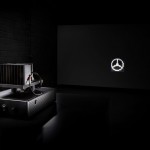
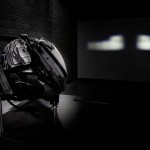
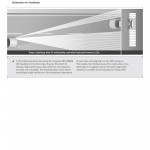
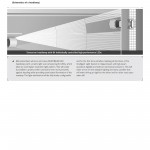
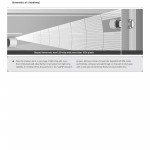
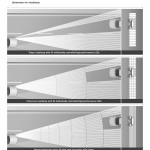

Recent Comments